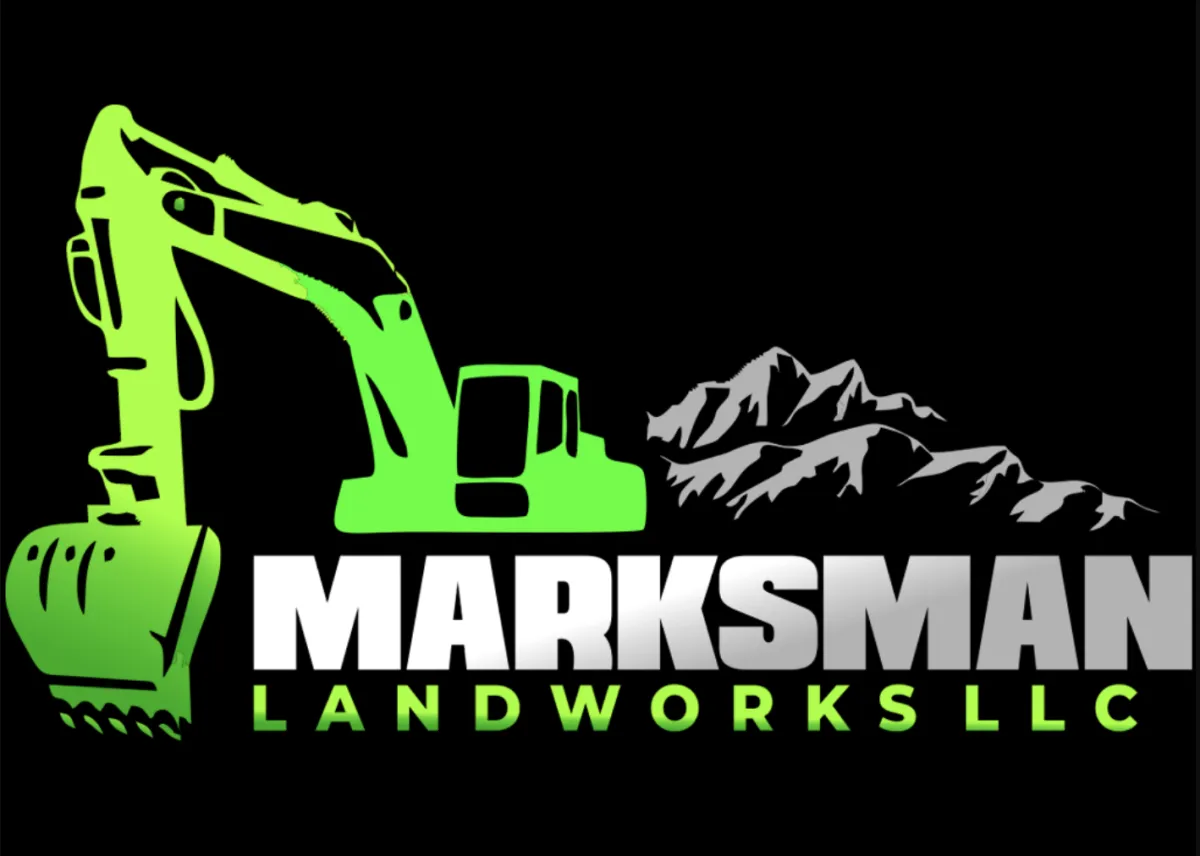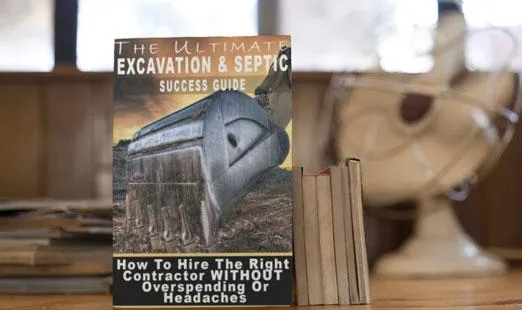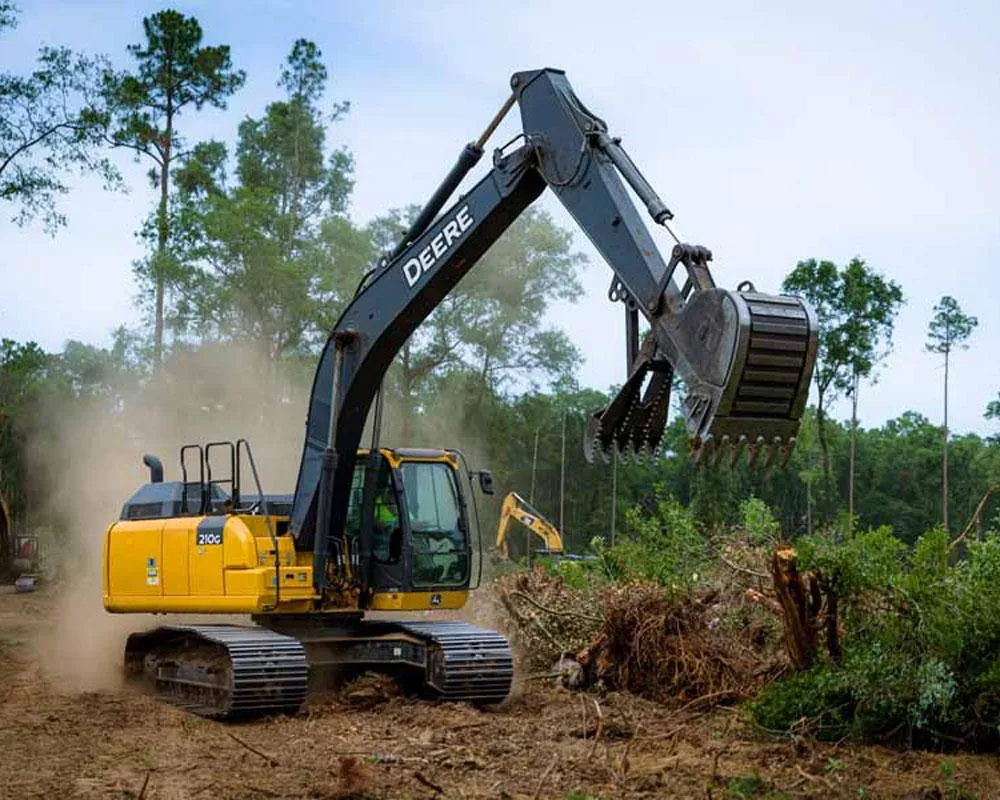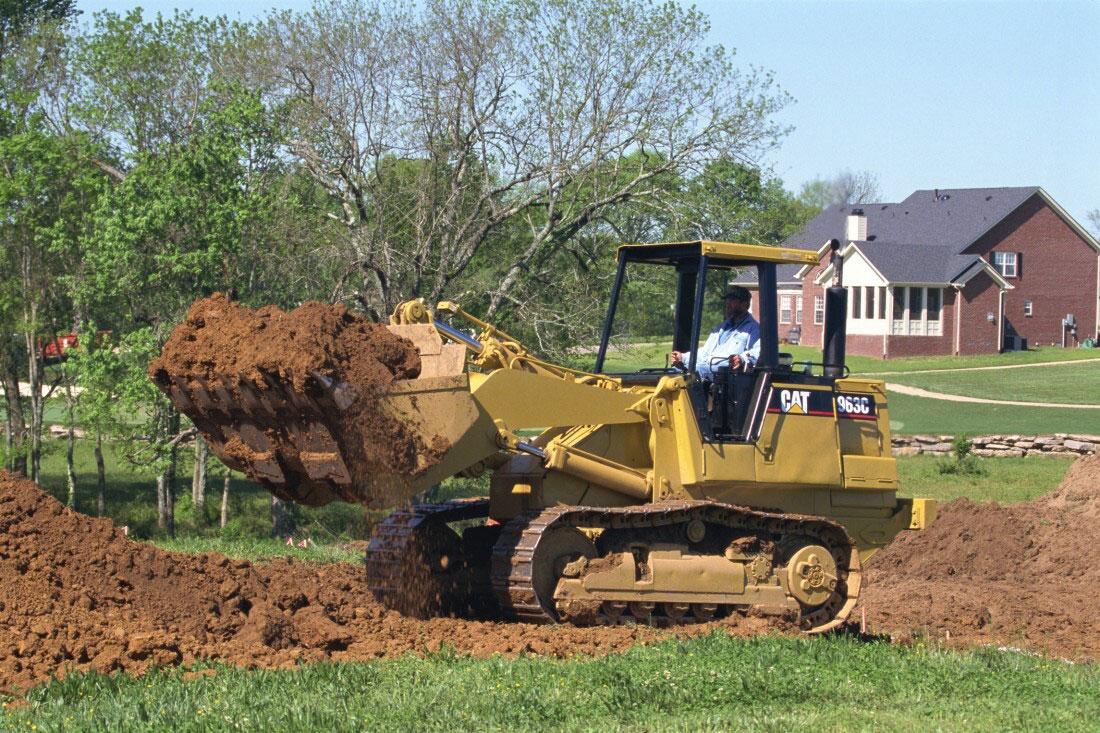
Serving Counties: (North Carolina): Polk, Rutherfordton (South Carolina): Cherokee, Spartanburg, Boiling Springs
Lot Clearing Near Spartanburg County, South Carolina
Marksman Landworks LLC is Committed to superior quality and results!

AVOID COSTLY MISTAKES:
Do NOT hire an excavating contractor without first reading our free guide:
The ULTIMATE Excavation & Septic "Success Guide."

What Lot Clearing Near Spartanburg County, South Carolina, Involves
Lot clearing prepares raw land for a purpose, not just a tidier view. In Spartanburg County, South Carolina, that purpose might be a new home, an accessory building, a pasture, or a safer driveway. Typical tasks include selective tree removal, brush cutting, stump excavation or grinding, root raking, debris hauling, and rough grading to direct water away from structures. A quality team protects desirable trees, marks public and private utilities, preserves topsoil for future landscaping, and shapes the surface so equipment and trades can access the site without getting stuck or causing damage.
How Can We Help?


Benefits of Lot Clearing Near Spartanburg County, South Carolina
Clear, accessible land accelerates every other trade. Survey crews can place corners, excavators can dig pads and utilities, and deliveries can reach the site without rutting the yard. Proper clearing reduces settlement by removing organics and unsuitable soils from the building footprint. It improves drainage with shallow swales, keeps sediment out of roadside ditches, and lowers the chance of washouts after storms. It also increases safety and curb appeal. Sunlight reaches the ground, pests lose habitat near structures, and the property begins to look like a project that is moving forward.
Why Hire Professionals For Lot Clearing Near Spartanburg County, South Carolina
Hiring an experienced crew protects your budget, schedule, and liability. Trained operators understand tree physics and tensioned limbs that can spring when cut. They match equipment to terrain and density, using forestry mulchers for regrowth, excavators with thumbs for hardwoods, and dozers with root rakes. Pros install erosion control, recycle vegetation, and provide documentation for permits and lender draws. They also know South Carolina rules and help you avoid fines, road damage, and neighbor disputes.
The Process To Hire Lot Clearing Near Spartanburg County, South Carolina
Start with a discovery call about your goals and timeline. Share your survey, site plan, or rough sketch, and note any septic, well, or driveway ideas. A site walk follows. Access points, staging areas, protected trees, and property corners are flagged. You receive a written scope describing boundaries, tree size limits, stump handling, erosion measures, and the expected final rough grade. Pricing is typically based on acreage, density, equipment mix, disposal, and hauling. After scheduling, 811 utility locates are requested, and work begins once paint and flags confirm underground lines.
Common Use Cases Across Spartanburg County, South Carolina
New homesites require clearing for a house, garage, and drain field with room for safe access. Driveway corridors need tree removal, ditch shaping, and culverts to cross low areas. Pastures benefit from brush thinning to let sunlight reach grasses and reduce ticks. Waterfront lots call for selective clearing that preserves shade and stabilizes banks. Storm cleanup removes downed trees and branches that threaten roofs and fences. Many rural owners also request defensible space by removing ladder fuels and trimming lower limbs so a grass fire is less likely to climb into the canopy.
See Our Excavation & Septic Services

✔️ Septic Services
✔️ Sewer Repairs
✔️ Septic Repairs
✔️ Residential Excavation
✔️ Demolition
✔️ Forestry Mulching
✔️ Grading
✔️ Lot Clearing
✔️ Retaining Walls
Quality Services Launched FAST!

✔️ Full Site Preparation
✔️ Trenching
✔️ Land Clearing
✔️ Tree Services
✔️ Traditional System Installations
✔️ Aerobic Systems
✔️ Plastic/Poly and Concrete Septic Tanks
✔️ Drain Field Replacements
What Are You Waiting For?
Cost Factors For Lot Clearing Near Spartanburg County
Costs reflect density, tree size, slope, access, and disposal choices. Light brush mulching over a small area is inexpensive and fast. Removing mature hardwoods in tight spaces demands heavier machines, more time, and careful rigging. Hauling logs, grinding stumps, importing fill, or installing erosion control adds items. Save by defining clear boundaries, marking trees to keep, and providing a staging area. Clear estimates with quantities and unit rates help you compare proposals or phase the work.
Timeline And Scheduling Expectations
Once utilities are marked and access is set, many residential lots clear in two to five working days. Weather matters. After heavy rain, responsible crews may pause to protect soils and prevent sediment from reaching ditches or waterways. Good planning stacks tasks so clearing flows directly into rough grading, foundation layout, and trenching for power and water. If your project includes a septic system, allow time for soils evaluation and layout before removing topsoil in those areas. Early coordination keeps inspectors satisfied and reduces the number of mobilizations, which saves money.
Environmental And Compliance Considerations
Responsible clearing retains healthy trees, protects wetlands, and keeps silt out of streams. Expect stabilized entrances, silt fence or wattles where needed, and prompt seeding on disturbed slopes. Chipped brush can be reused as mulch or erosion control, reducing haul off and improving soil health. In South Carolina, tree buffers and roadway visibility rules may apply, particularly near intersections and waterways. Burning, when allowed, usually requires permits and careful weather windows. A professional team documents measures with photos so you have a record for neighbors, lenders, and permitting offices.
Choosing The Right Partner For Lot Clearing Near Spartanburg County
Look for clear scopes, photos of similar terrain, and references you can call. Ask how stumps will be handled, where spoils will go, and what the ground will look like at turnover. Confirm insurance, safety practices, and who will supervise the site each day. Review a sample invoice to see how time, equipment, and materials are tracked. Strong communication and a tidy job site are reliable predictors of a smooth build. When you partner with a crew that knows Spartanburg County, South Carolina, soils and weather, you gain efficiency and fewer surprises.
Next Steps To Schedule Lot Clearing Near Spartanburg County, South Carolina
Outline your goals, gather your survey, and note constraints such as tight access or sensitive trees. Share photos or a short video to speed up the estimate. Ask for an itemized scope covering boundaries, stump treatment, erosion control, and final grading. Verify the schedule, confirm utility locates, and set expectations for start times and cleanup. With those pieces in place, your land can move from overgrown to build-ready in a predictable way, and each trade will have the footing required. Today.
Hours: Mon-Sat 7.30am-6pm
Extended hours by appointment only.
All rights reserved | Client Support Area